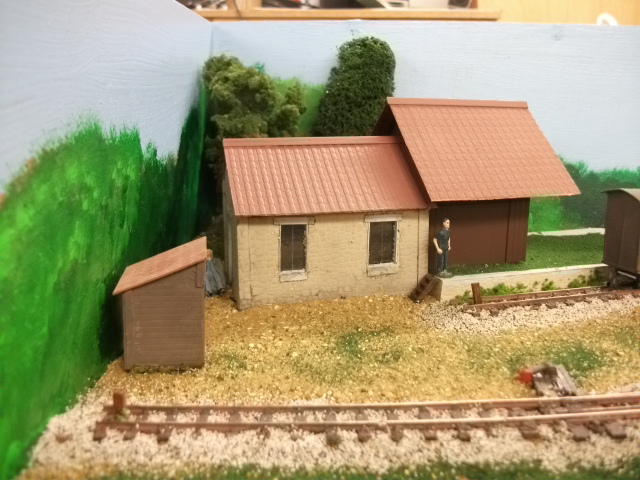
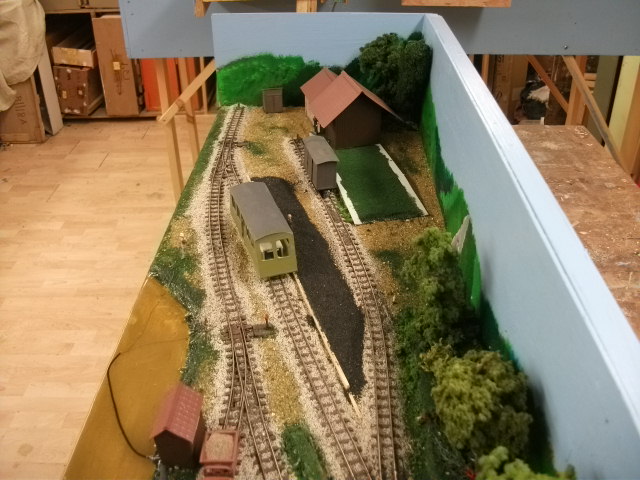
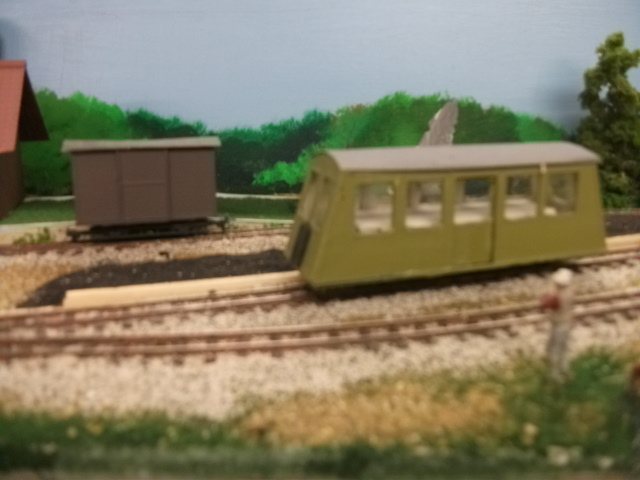
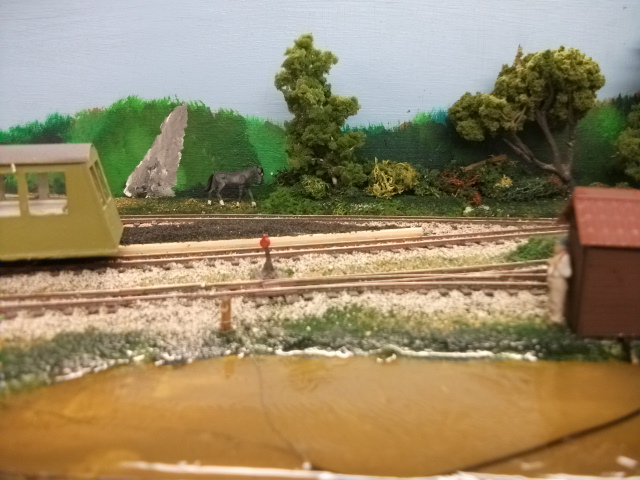
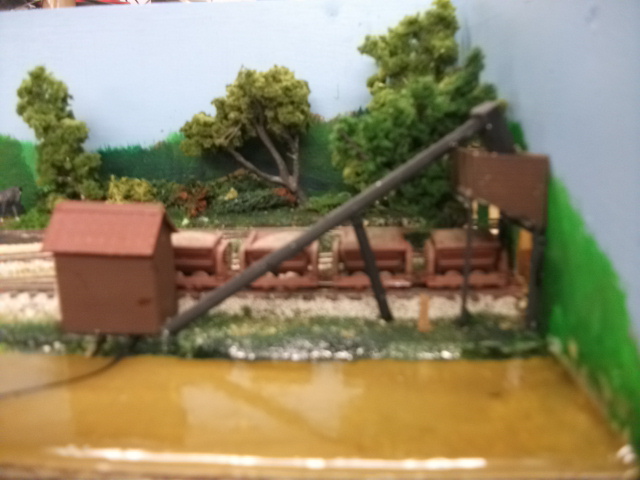
Dunes Les Blancs
Tramway du Baye de la Maye
Se, narrow gauge, 4 @ 1 foot
Video
Description
Why Se
Tramway du Marquenterre
|
French |
|
|
|
|
|
|
|
Description
On either side of its Estuary the River Somme laid down the Marquenterre an area
of flat land rarely rising above 10 meters criss-crossed by drainage ditches,
canals and windbreaks. It is famed for its dairy farming and aggregate
extraction. At the end of the nineteenth century tourism started developing
round the Somme Estuary but due to poor transport not in the area west of Rue.
Frederic Delaitre a banker released that by using
Decauville’s
new system an inexpensive narrow gauge rural tramway could
be built across the Marquenterre. He formed a company
to
build a tramway from the coastal line at Rue to le Maye
and Quend-Plage les-Pins.
The tramway headed west from
Rue for four kilometres to Marquenterre Junction were le Maye line turned
south-east into le Champ Neuf (the New Field) and after four kilometres reached
the Baie de Maye. From Marquenterre Junction the
Quend-Plage les-Pins line
turned north west
passed through
le Bout des Crocs and
St. Quentin en Tourmont as only
the first six and a half kilometres was built it
ended at Dunes Les Blancs
a temporary terminus
in
the middle of nowhere.
Given the tramways speculative nature costs were
minimised with limited station facilities and signalling
only at Marquenterre Junction. Train control uses baton pilote, the equivalent
of a British train staff system, with sections from
Marquenterre Junction to Rue, le Maye, and Dunes Les Blancs. The tramway rapidly
found that seasonal tourist traffic was far from a money-spinner, local
passenger and freight traffic were helpful but wouldn’t keep the tramway afloat.
So every effort was made to develop sand and gravel traffic enabling the
tramway’s to survive the 1920’s and 30’s despite the decline in other traffic
due to competition from motor vehicles. By the 1950’s the tramway had become
largely a sand and gravel haulier with limited other traffic.
The layout is inspired by the
Tramway du Marquenterre.
Tramway du Marquenterre
The tramway
connected the mainline at Quend to the English Channel tourist resorts
of Quend Plarge [beach] and Fort Mahon Plarge. It formed a Y with a
‘mainline’ line from Quend to Quend Plarge and a north westerly branch
from Monchaux to Fort Mahon Plarge. The line was prompted by the Society
Immobiliere de St Quentin Plarge’ a firm of speculative builders who
needed the tramway to bring in building materials and purchases. They
used the Decauville 600mm [24”] tramway system due to its low cost and
suitability for civil engineering works.
In 1914 the line was lifted for
the war effort re-laid in 1919 and continued in operation till
1928.